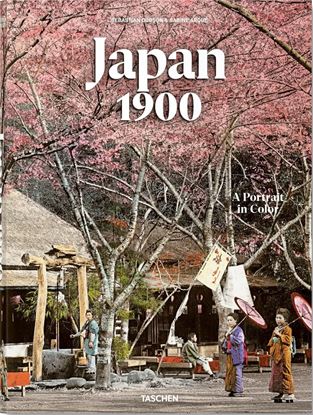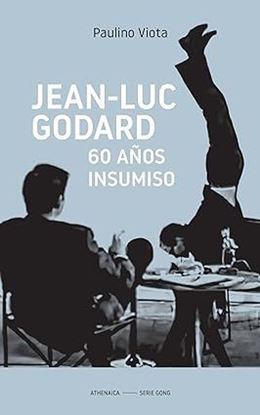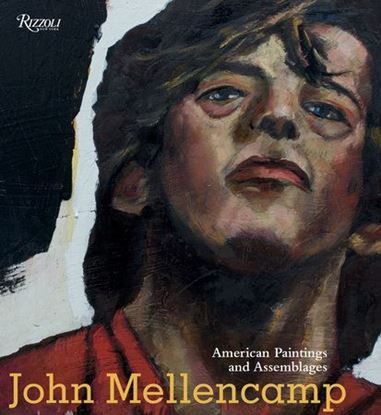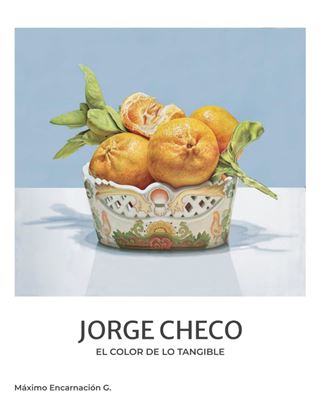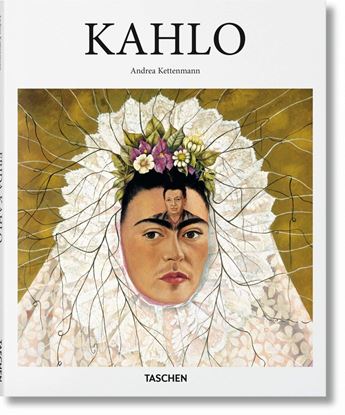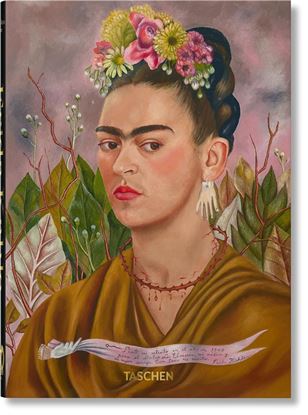

JAPAN 1900. A PORTRAIT IN COLOR (INT)
The Golden Age of Travel neatly overlaps with the reign of the Emperor Meiji, which began in 1868 with the overthrow of a feudal order that had kept Japan secluded from the outside world for more than 200 years. In the ensuing four-and-a-half decades, Japan became a less remote and more attractive destination for the international traveler and a popular subject for photographers, both Japanese and foreign.
6,700
JEAN-LUC GODARD
Casi las mismas decadas de insumisión y rebeldía que ha protagonizado Godard con su vida y obra lleva Paulino Viota estudiando ambas, desde el apasionamiento cinefilo y la devoción inteligente que siente por "el cineasta con mayor riqueza estructural de la historial del cine". Dividido en dos grandes bloques, este ensayo magistral y ya definitivo tras la reciente desaparición del cineasta pone en perspectiva todas las etapas de su mítica carrera, que arranca con la irreverente modernidad de los años 60, atraviesa la militancia política y el utópico deseo de fusión en lo colectivo, y desemboca, rayando el nuevo milenio y como colofón a una duradera y profunda reflexión sobre la mediación tecnológica, en ese estilo inimitable donde lo poetico acontece como posibilidad de una simultaneidad inedita entre imágenes y sonidos, materiales ya convertidos en "formas que piensan" la historia del cine y la del siglo XX, como ejemplifica a la perfección una de sus cimas, "Histoire(s) du cinema".
1,750
JOHN MELLENCAMP. AMERICAN PAITINGS AND A
Longtime music icon John Mellencamp’s artistic expression has never been limited to song.
The acclaimed singer-songwriter John Mellencamp has been an accomplished painter for more than four decades. This definitive survey—curated by Mellencamp himself—of his large-scale oil portraits and mixed-media assemblages documents America’s heart and soul, revealing unsettling but beautiful truths with an antiestablishment frown and a rich sense of narrative.
“Although we may primarily know Mellencamp as a rock star, one of the highest-selling of all time and a Hall of Famer, he is also a great painter, as this book shows. Not a musician who also paints... No, John legitimately belongs in the modern art pantheon,” says Bob Guccione Jr. in his essay that delineates the connection of Mellencamp’s music and art, both imbued with the earnest voice of America’s heartland.
2,500
KAHLO (BA-ART) (GB)
The arresting pictures of Frida Kahlo (1907–54) were in many ways expressions of trauma. Through a near-fatal road accident at the age of 18, failing health, a turbulent marriage, miscarriage and childlessness, she transformed the afflictions into revolutionary art.
In literal or metaphorical self-portraiture, Kahlo looks out at the viewer with an audacious glare, rejecting her destiny as a passive victim and rather intertwining expressions of her experience into a hybrid real-surreal language of living: hair, roots, veins, vines, tendrils and fallopian tubes. Many of her works also explore the Communist political ideals which Kahlo shared with her husband Diego Rivera. The artist described her paintings as “the most sincere and real thing that I could do in order to express what I felt inside and outside of myself.”
This book introduces the rich body of Kahlo’s work to explore her unremitting determination as an artist, and her significance as a painter, feminist icon, and a pioneer of Latin American culture.
1,350
KAHLO, PAINTINGS (40TH) (GB)
Among the few women artists who have transcended art history, none had a meteoric rise quite like Mexican painter Frida Kahlo (1907–1954). Her unmistakable face, depicted in over fifty extraordinary self-portraits, has been admired by generations; along with hundreds of photographs taken by notable artists such as Manuel and Lola Álvarez Bravo, Nickolas Muray, and Martin Munkácsi, they made Frida Kahlo an iconic image of 20th century art.After an accident in her early youth, Frida became a painter of her own free will. Her marriage to Diego Rivera in 1929 placed her at the forefront of an artistic scene not only in the cultural Renaissance of Mexico, but also in the United States. Her work garnered praise from the poet André Breton, who added the Mexican painter to the ranks of international surrealism and exhibited her work in Paris in 1939 to the admiration of Picasso, Kandinsky, and Duchamp.We access the intimacy of Frida’s affections and passions through a selection of drawings, pages from her personal diary, and an extensive illustrated biography featuring photos of Frida, Diego, and the Casa Azul, Frida’s home and the center of her universe.This book allows readers to admire Frida Kahlo’s paintings like never before, including unprecedented detail shots and famous photographs. It presents pieces in private collections and reproduces works that were previously lost or have not been exhibited for more than 80 years.
2,300

